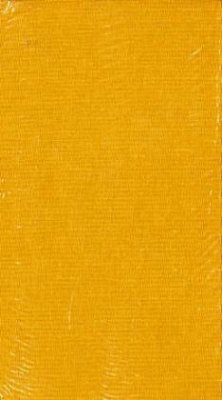Im Jahre 1811 erschienen die beiden Dramen Waldemar der Pilger, Markgraf von Brandenburg und Die Ritter und die Bauern von Friedrich de la Motte Fouqué unter dem Gesamttitel Vaterländische Schauspiele. Diese fanden bei den Lesern so viel Anklang, daß Fouqué im Jahre 1813 eine Fortsetzung unter dem Titel Dramatische Dichtungen für Deutsche (auf dem Vorsatzblatt auch als Neue vaterländische Schauspiele bezeichnet) veröffentlichte. Das Werk vereint fünf Schauspiele, die in Charakter, Thema und Machart divergieren: Alf und Yngwi und Die Irmenäule (Trauerspiele), Die Runenschrift (Schauspiel), Die Heimkehr des großen Kurfürsten (dramatisches Gedicht) und Familie Hallersee (Trauerspiel). Doch werden die aus verschiedenen Schaffensjahren stammenden Dramen so einander zugeordnet, daß eine stimmige Komposition entsteht. Auf diese Weise wirkt das Motiv der "feindlichen Brüder", das Fouqués Schaffen wie ein "roter Faden" durchzieht, auch hier als verbindendes Element. Die beiden Schauspiele Alf und Yngwi und Die Familie Hallersee, Anfangs- und Schlußstück, bilden zugleich die poetischen Höhepunkte der Dramatischen Dichtungen.
1811 saw the publication of the two dramas Waldemar der Pilger, Markgraf von Brandenburg and Die Ritter und die Bauern by Friedrich de la Motte Fouqué under the collective title of Vaterländische Schauspiele. These were so popular with readers that Fouqué published a sequel under the title of Dramatische Dichtungen für Deutsche (also described as Neue vaterländische Schauspiele on the flyleaf) in 1813. The work combines five plays which diverge in character, subject matter and style: Alf und Yngwi and Die Irmenäule (tragedies), Die Runenschrift (play), Die Heimkehr des großen Kurfürsten (dramatic poem) and Familie Hallersee (tragedy). However, dramas created in various different years are juxtaposed in such a way that a harmonious composition is the result. Thus, the motif of the "antagonistic brothers" which runs though Fouqués creative output acts as a connecting element here too. The two plays Alf und Yngwi and Die Familie Hallersee which commence and conclude the volume form the poetic apogees of the Dramatische Dichtungen.
1811 saw the publication of the two dramas Waldemar der Pilger, Markgraf von Brandenburg and Die Ritter und die Bauern by Friedrich de la Motte Fouqué under the collective title of Vaterländische Schauspiele. These were so popular with readers that Fouqué published a sequel under the title of Dramatische Dichtungen für Deutsche (also described as Neue vaterländische Schauspiele on the flyleaf) in 1813. The work combines five plays which diverge in character, subject matter and style: Alf und Yngwi and Die Irmenäule (tragedies), Die Runenschrift (play), Die Heimkehr des großen Kurfürsten (dramatic poem) and Familie Hallersee (tragedy). However, dramas created in various different years are juxtaposed in such a way that a harmonious composition is the result. Thus, the motif of the "antagonistic brothers" which runs though Fouqués creative output acts as a connecting element here too. The two plays Alf und Yngwi and Die Familie Hallersee which commence and conclude the volume form the poetic apogees of the Dramatische Dichtungen.

